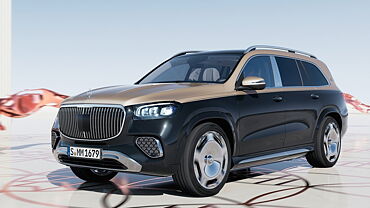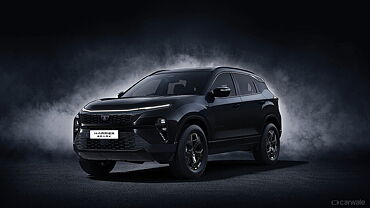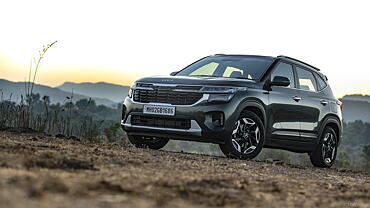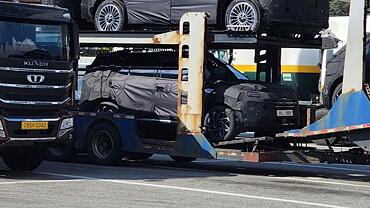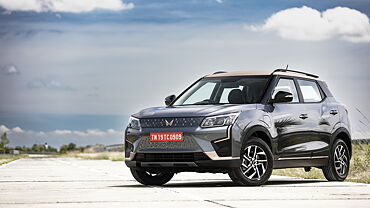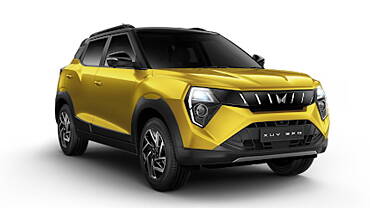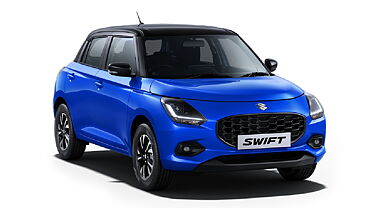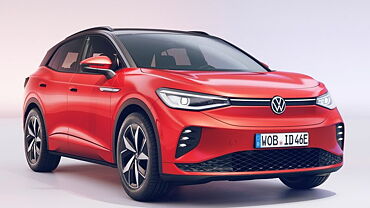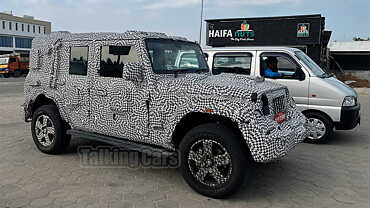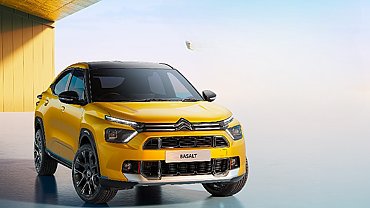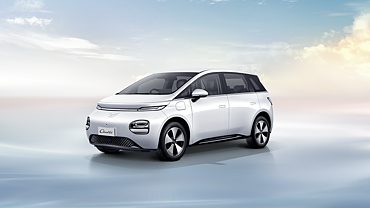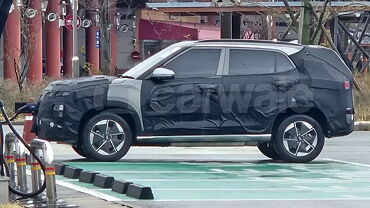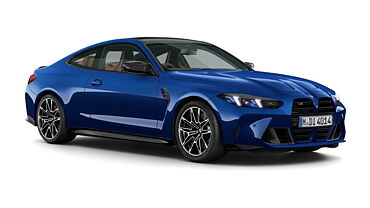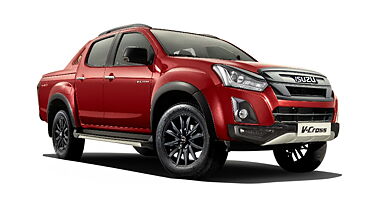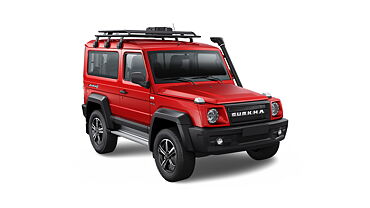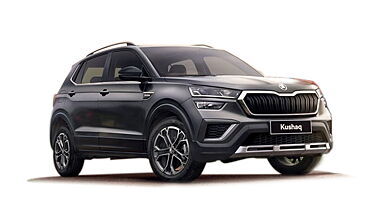The Indian two-wheeler industry was expecting a bleak future ahead during the winters of 2010. This was due to the announcement from Hero that it will end its joint venture, Hero Honda and the two companies will be parting ways. Honda was the supplier for the products that was the reason behind the success of Munjals, as many of the experts predicted. How would Hero go ahead without the supply of core materials from Honda? This was the primary concern from the customers from all over the country. However, throwing away all the speculations out of the park, Hero MotoCorp has held on to its leading position with a market share of 54 per cent. Definitely, the contribution from all its members is something that the company boasts of. Its newly appointed vice-chairman and Managing Director, Pawan Munjal has released his statements on few of the most talked about issues.
When asked about what is to follow, now that Hero has been able to prove its individual existence after parting ways with Honda he said, “We have just crossed the first hurdle. We have had a three-and-a-half-year transition since the separation with Honda. To my mind, it was just a philosophical date for us. We all thought, could we do it? We did it in the first year itself. We could have used the joint brand for three-and-a-half years. We launched our new brand as early as August 2011. We started work on it in April and rebranded by August that year. There also were other things that we could have continued to use but we chose not to. That was all the time we needed. The next big thing for us will be to put our own products on the road and get a thumbs-up from our customers.”
Hero is known for focussing on the daily commuter bike segment. However, its recent collaboration with Erik Buell Racing (EBR) has indicated that the brand might go for premium bikes, as well. Munjal commented, “It is true our bigger volumes come from the 100cc segment - from Splendour, Passion, and HF Deluxe. Over the next couple of weeks, you will see Splendor Pro Classic, which is a Cafe Racer, hitting the stands. This will help us generate more excitement and get us more volumes in the 100cc segment. There is something coming up in the 150cc segment as well. For the kind of overall volumes we are doing, we need a wide variety of products across categories. So, while we intend to maintain high volumes in the mass segment, we are focusing on the scooter market, which is growing rapidly. We had showcased four scooters at the Auto Expo. We also unveiled a 250cc sports bike. Both these projects are on stream. As we did with the i-smart technology, we have been doing some more work to improve the performance of our products across categories.”
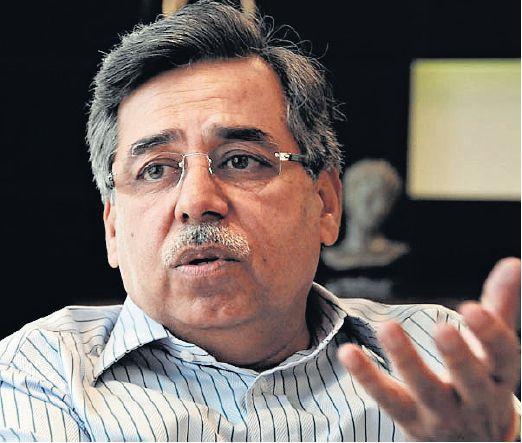
When asked about the success of bikes like Royal Enfield and whether Hero would make a foray in that segment, he said, “We are widening our product range and entering newer segments, newer territories. You will see a lot of new stuff coming from us. We have worked out a platform strategy - any new product we bring out will have multiple variants in different product categories. For instance, we can look at developing a street-fighter and on-road/off-road bikes on our sports bike platform. So, a single platform will have four to six variants.”
Munjal was also asked about the productpricing now that Hero’s rivals in the market are working on low-cost models, he commented, “The really low low-cost bike is still on the drawing board. We have not been able to put it together yet. That said, we are always trying to optimise our costs, even for our current range of products. After terminating its venture with Honda, Hero has commissioned construction of facilities in Colombia and Bangladesh. We started entering the global market about 18 months ago. We have already started selling our products in 20 countries. We are working on building our volumes and recognition for our brands in global markets. We want to be present in 50 countries by 2020. We are setting up a manufacturing facility in Colombia and have tied up with a partner for a unit in Bangladesh. We are now exploring opportunities in Brazil and Argentina. That said, our bedrock will always be the domestic market. We have to increase our reach, customer base and customer loyalty here. Hero targets 10 per cent of its sales from foreign business by the end of the decade. Given that, 90 per cent of our volumes will still have to come from our customer base in the country. India will always remain our most important market. This is our bread-and-butter market.”
Hero had made 15 products launch-ready in the festive season last year. If there were similar plans, this time around, Munjal said, “We are looking at double-digit number of product launches and have already started rolling out some of these models. Over the next couple of weeks, you will see 10 new products from us. These will be new models, as well as upgrades and refreshes.” Definitely, sky is the limit for Hero, or so it appears from the top man of the leading bike manufacturer of India.
